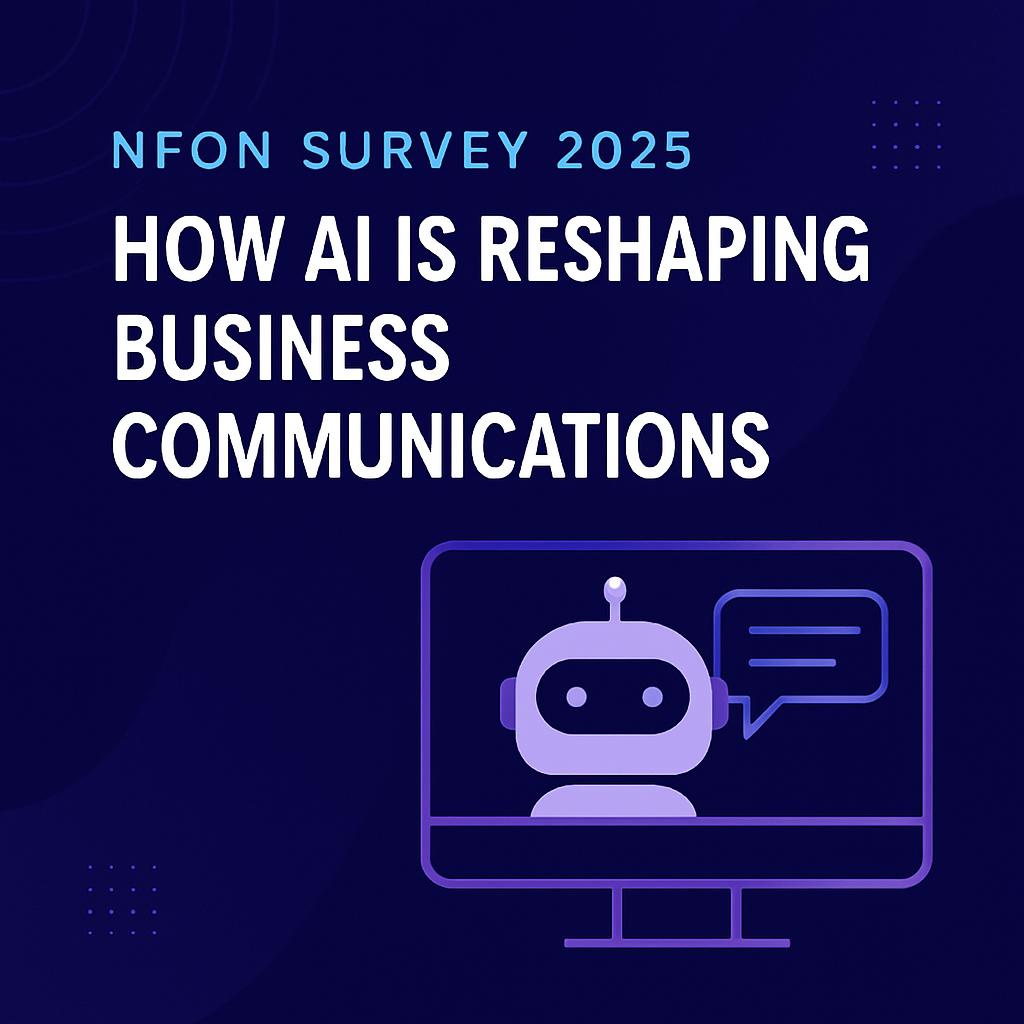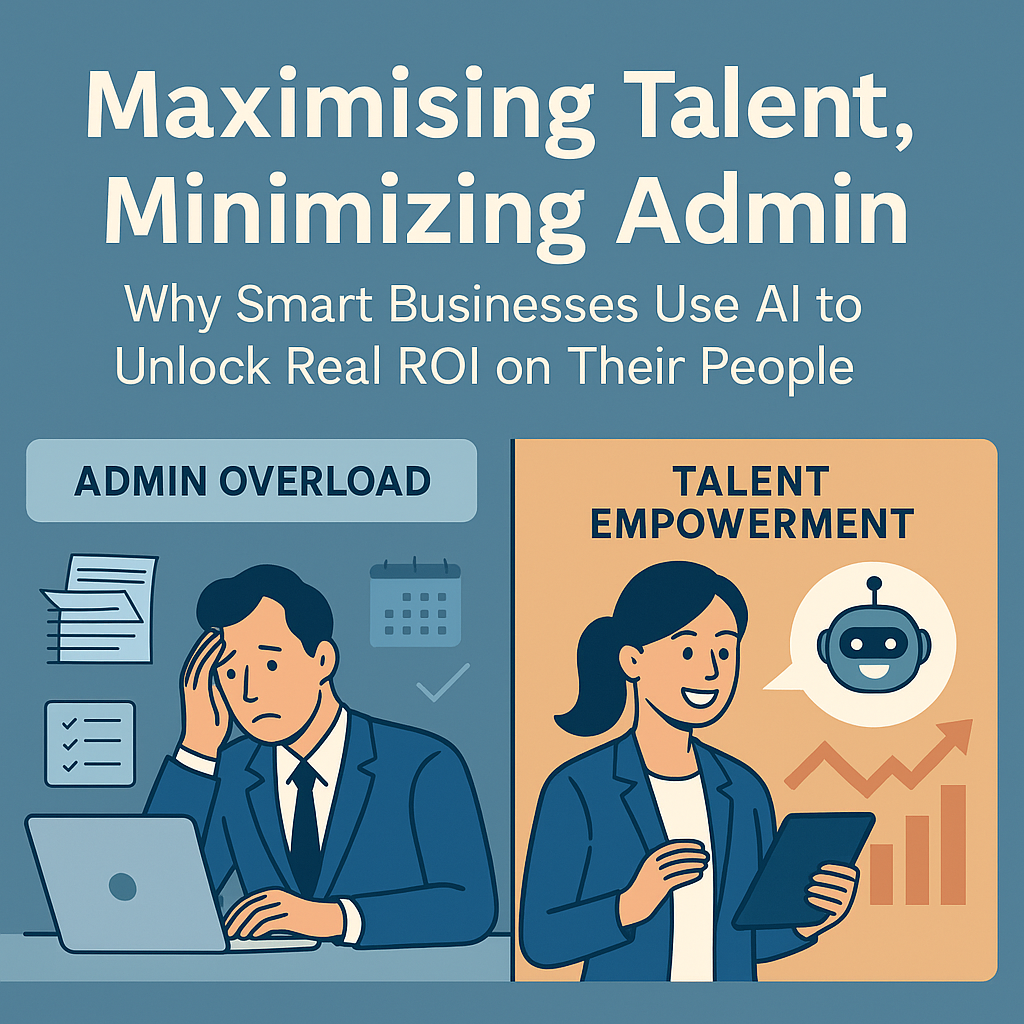In the past decade, Smarter Working has come into its own in the UK public sector. Now during the COVID-19 pandemic and with the rise of remote working, more organisations than ever before are exploring new ways of working that enable mobility, accessibility and greater value. People and technology are at the heart of this change - equipping the public sector to build a culture that can continuously grow and adapt to evolving challenges.
11 ways your organisation can implement smarter working practices in the future:
- Positive culture, positive future
There are many factors that contribute to a positive working culture, however, it could be argued that encouraging innovation through modern Smarter Working practices, directed by great leadership, are the two foundations. Building trust with employees, celebrating success and supporting processes with the right tools and technology are all builders of positive team and organisation identity. By embracing Smarter Working practices, public sector organisations are more likely to attract and retain new talent to workforces, to ensure the sector continues to grow and prosper.
- Change attitudes around work being a place
The concept of a traditional office space is changing. Work is no longer a place we go, but what we do. However, even with less physical walls and more digital interactions, barriers still remain that stop work from being fluid, collaborative and effective. Much of this stems from long-existing cultural resistance to change which is a common issue in the public sector. To make progress towards in Smarter Working transformation, effort must be taken to refocus attitudes around the benefits technology brings and the importance of people in making this happen. This all starts with innovative leadership and a collective, realistic goal.
- Rethink your leadership to empower your staff
Successfully implementing Smarter Working practices starts with senior management, board members and stakeholders – a group of key decision-makers who are not afraid to be pioneering, compassionate and lead by example. With such great responsibility to deliver vital services to citizens, the UK public sector needs great leaders to drive it forward. This means making a commitment to empower all staff to be the best they can be. Leaders should invest in staff to continually receive training, develop existing skills and provide resources to gain new ones. Policies should be people-focussed and technology-enabling.
Leaders should set the example for their teams to follow suit. The reality is if your public sector organisation has great leadership, you are already closer to achieving greater outcomes.
- Make flexibility the norm, not the exception
It goes without saying that COVID-19 has had a deep impact on our everyday lives, with remote working blurring the boundaries between our personal and professional routines. There is no one size-fits-all approach to how the pandemic has affected people’s own circumstances. As a result, flexibility has become the most important aspect for public sector businesses to prioritise. Whether people work from home, in an office, in a coffee shop or someplace else, people need the tools and means to work from anywhere, across multiple devices and at any time. In the current climate, flexibility is one of the few certainty’s businesses can offer, and thanks to new and emerging mobile technology, it is now one of the few they can control.
- Prioritise the social issue of digital inclusion
In the backdrop of COVID-19, there is no denying the progress towards digitalisation in the public sector has been a momentous achievement. Many public authorities have achieved several years of digitalisation in a matter of months, which simply would not have been possible in another time.
Recent public sector digital achievements have opened up essential conversations around digital inclusion. Recent research shows 11.3 million people in the UK don’t have access to basic digital skills they need to thrive in today’s world. This includes people who lack digital skills or confidence, people who have little to no access to technology or the internet, or people with disabilities who cannot easily access public services online. This is a large group of people missing out on vital online services. Therefore, digital inclusion is a concerning social issue that needs to be considered, not just in the public sector, but throughout all organisations.
How can we ensure the benefits of new and emerging technology is available to everyone? How can we adapt our approach to meet all users’ needs? In the months ahead, public sector organisations need to prioritise action around digital inclusion to provide better care for the UK’s most vulnerable citizens.
- Digital technology as a collective gain – not what you do, but what we do
Perhaps the most common barrier to Smarter Working in the UK public sector is seamless communication across different Government agencies, authorities, partners and public service providers. We know that organisations that make up the public sector have different cultures and, more often than not, different communication platforms and systems. However, it is clear this lack of cohesion disrupts the free flow of information and reduces the potential for collaboration across teams, departments and organisations.
If we choose technology infrastructures that provide flexibility and seamless ease-of-use over an organisational siloed mentality, public service delivery across all devolved parts of the UK will improve and become more efficient and more effective for everyone.
- Be future proof with Cloud telephony
The ability to share information quickly and easily, even over a distance, is fundamental to public service delivery. It is a much simpler process to do this when individuals, teams and whole agencies are not limited to a fixed line and physical interactions. Cloud telephony removes phone systems from fixed line networks and places everything onto a remote, flexible and secure server in the Cloud. By doing so, Cloud telephony puts the telephone network wherever the internet is, allowing staff to communicate across a number of platforms and devices. In turn, customers receive a far better customer experience, because they have the option to interact with public service providers in a way that suits them via multiple-channels including voice, messaging and live-chat.
Data sharing, security and interoperability is only going to become more integral to the future, so public sector organisations must address this sooner rather than later. In ever-changing political and economic climate, cloud telephony is the most cost-effective, secure and highest standard delivery solution for public services in the future.
- Generate value, no matter your budget
Gone are the days when public sector organisations buy larger quantities than they need at high costs. Cloud communications ensures you stay within your budget by paying for what you use at low-cost, and during busy times, upscaling your contact centre quickly and easily when needed. This effectively brings the power of asset management back into your control, allowing your organisation to streamline what you need, free up resources and reduce waste – all based on your changing demands throughout the year. Cloud systems also automatically upgrade, which means your network software will always stay secure. This is what it truly means to generate value, even with the most limited of budgets, giving you the opportunity to focus your efforts on citizens in most need of support.
- Don’t only preach sustainability, achieve it
The topic of sustainability has been referenced in points around generating value through streamlined processes that reduce waste, save money and maximise the value of people’s time. At their very core unified communications are a sustainable alternative to paper-based processes. In the past, paper-based processes were widespread in the public sector and were notoriously difficult to manage and store: paper gets lost, information is misplaced, and human error is a natural occurrence.
Mass digitalisation plays a crucial role in reducing these issues and the office footprint as a whole. When used compassionately and innovatively across the UK public sector, digital technology shows commitment to our wider environment and the possibility of a greener future.
Now to embrace the world of Smarter Working
Enjoyed this blog? Visit NFON’s Smarter Working hub to read more information on the future of technology and people in the world of smarter working. We’ll see you there!









